Researchers make robots teach themselves how to walk through trial and error, like babies, to navigate the real world.
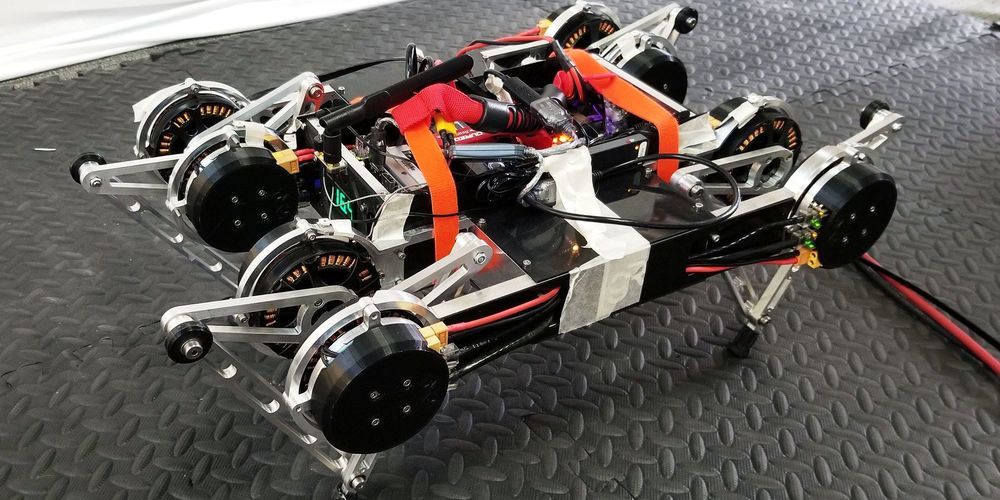

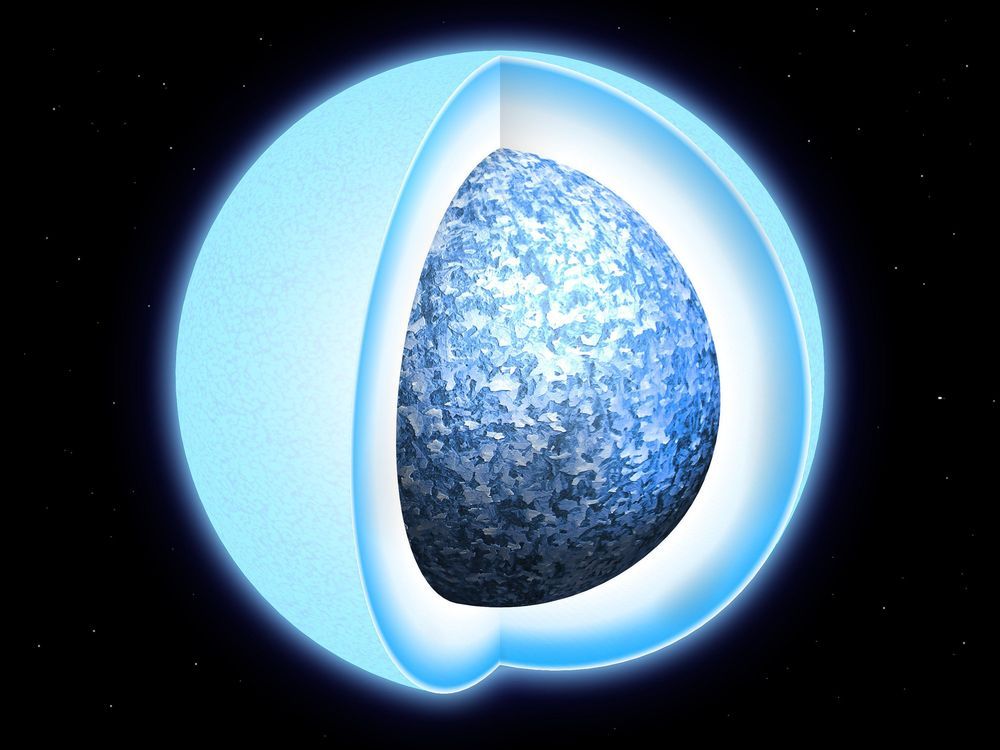
The first direct evidence of white dwarf stars solidifying into crystals has been discovered by astronomers at the University of Warwick, and our skies are filled with them.
Observations have revealed that dead remnants of stars like our Sun, called white dwarfs, have a core of solid oxygen and carbon due to a phase transition during their lifecycle similar to water turning into ice but at much higher temperatures. This could make them potentially billions of years older than previously thought.
The discovery, led by Dr. Pier-Emmanuel Tremblay from the University of Warwick’s Department of Physics, has been published in Nature and is largely based on observations taken with the European Space Agency’s Gaia satellite.
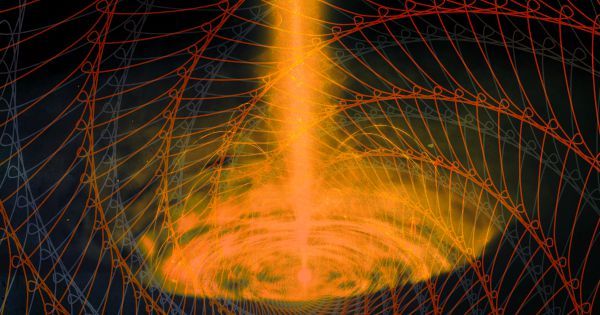
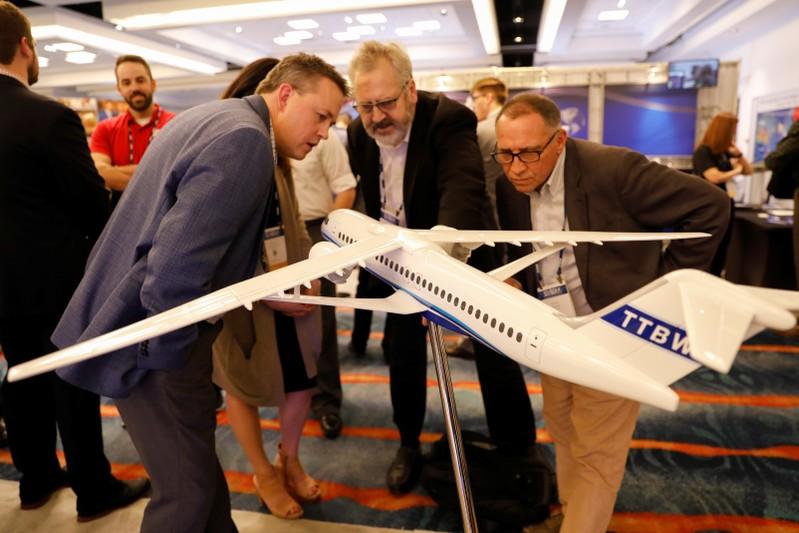
SAN DIEGO (Reuters) — Boeing Co unveiled a speedier and higher-flying version of a concept plane on Tuesday aimed at sharply reducing fuel use thanks to its elongated ultra-light wings.
The so-called Transonic Truss-Braced Wing aircraft boasts a 170-foot (52 meter) wingspan that sits atop the fuselage and is braced from underneath by a truss in a design reminiscent of biplanes from the early years of aviation.
The world’s largest planemaker and U.S. space agency NASA have been studying the concept plane for nearly a decade as part of the Subsonic Ultra Green Aircraft Research program. Boeing unveiled a reconfigured model or prototype and artist’s rendering at an aerospace conference in San Diego.


New York is in the midst of an outbreak of measles, a childhood disease that shouldn’t really exist in the U.S. any longer. On Tuesday, NBC News reported, New York health officials said the state has seen more than 100 cases of the vaccine-preventable disease since last September—a tally not seen in decades. The majority of these cases have happened among the unvaccinated.
Measles is a highly infectious disease that can be spread with a simple cough or sneeze. Its flu-like symptoms are usually followed by a distinctive, splotchy red rash that runs down from head to feet. And though most people recover without incident after a week’s time, measles can rarely cause more serious complications like hearing loss, permanent brain damage, and even death. These risks are more likely in the very young; measles can also cause birth problems in children whose mothers contract it while pregnant.
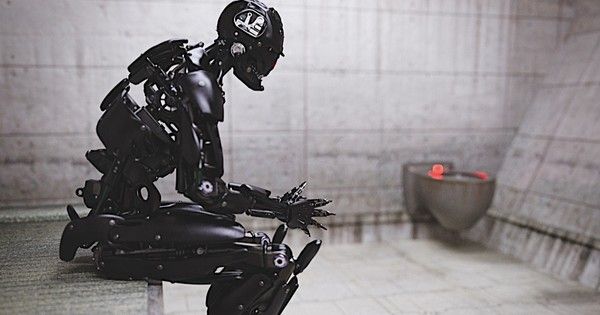
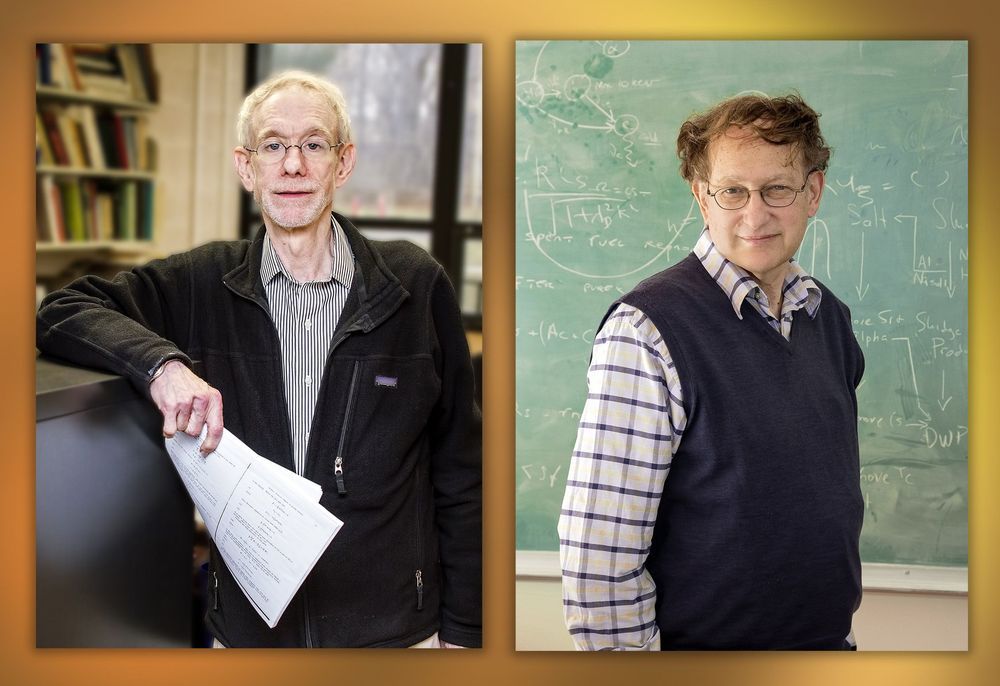
Scientists seeking to bring the fusion reaction that powers the sun and stars to Earth must keep the superhot plasma free from disruptions. Now researchers at the U.S. Department of Energy’s (DOE) Princeton Plasma Physics Laboratory (PPPL) have discovered a process that can help to control the disruptions thought to be most dangerous.
Researchers are testing a four-legged robot’s ability to find its way through the sewers under Zurich.
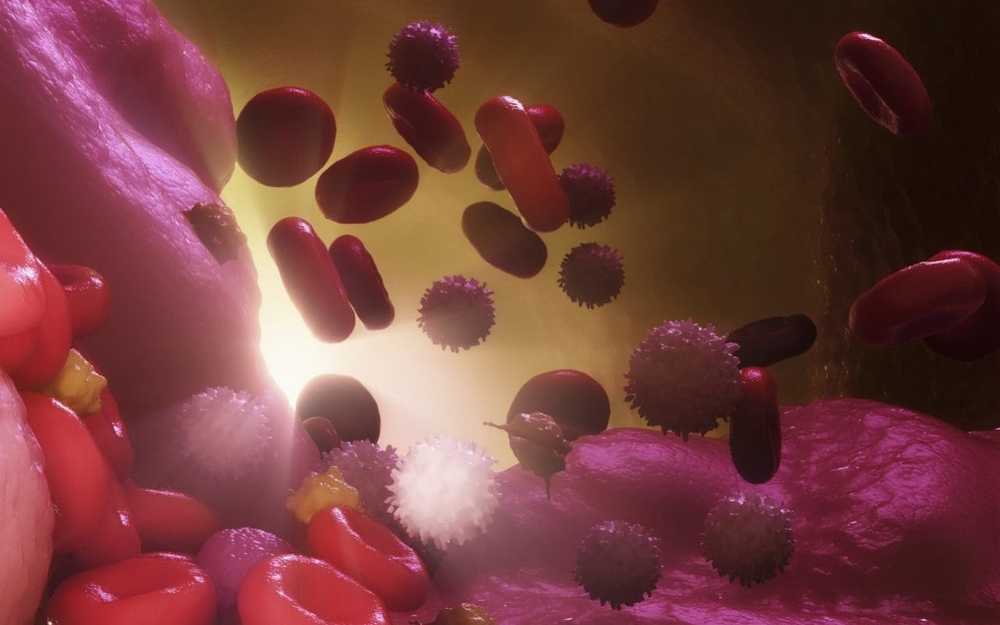
A drug to fight ageing may finally be on the horizon after the first trial in humans showed ‘impressive’ results.
For many years scientists have known that an accumulation of senescent cells in the body is linked to ageing symptoms such as frailty and arthritis, as well as diseases such as Alzheimer’s and Parkinson’s.
Senescent cells — also known as zombie cells — are not completely dead so are not cleared out by the body, but are too damaged to repair tissue or carry out normal functions. Unable to repair itself or clear out the waste, the body gradually deteriorates.